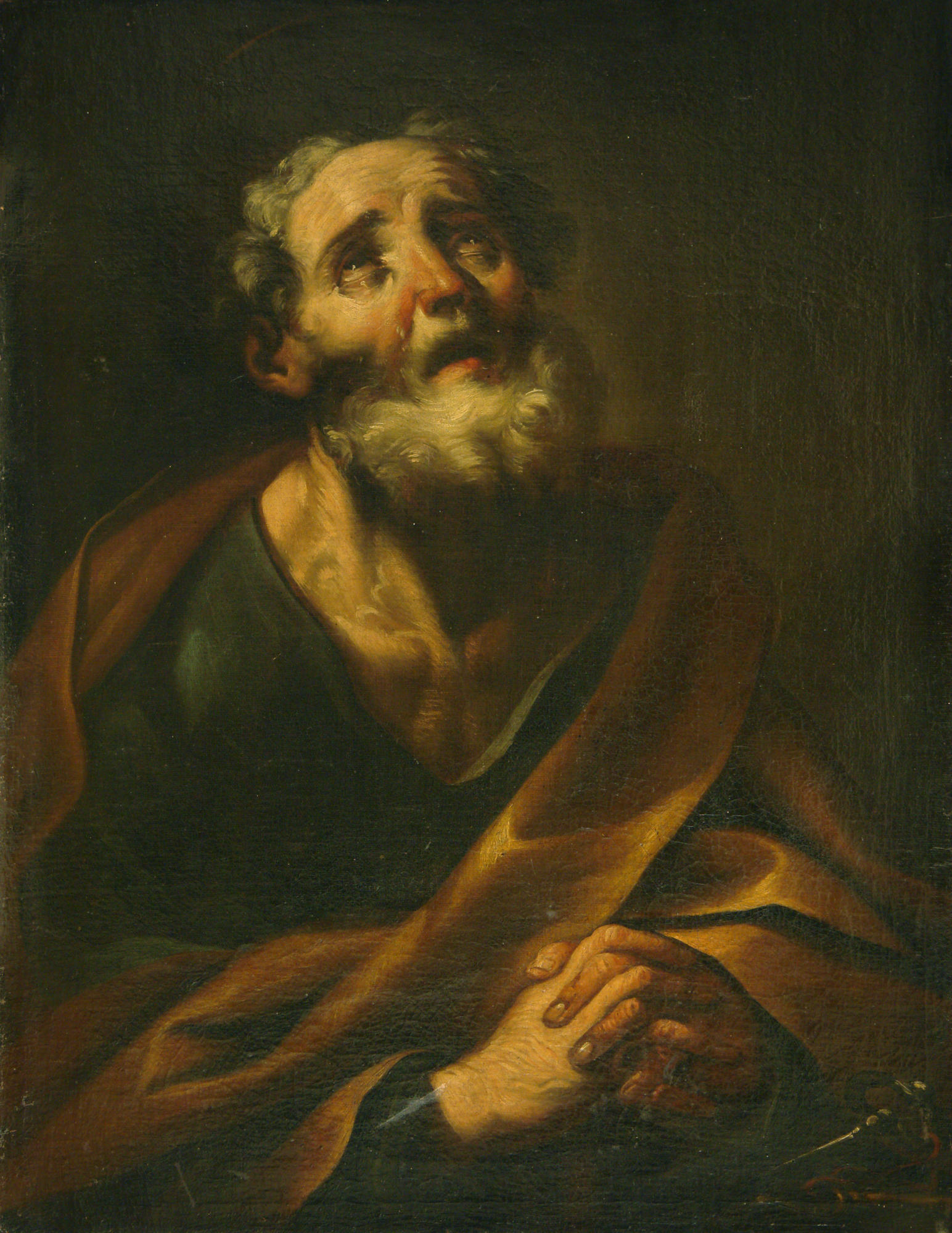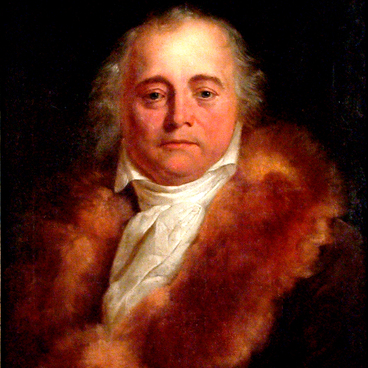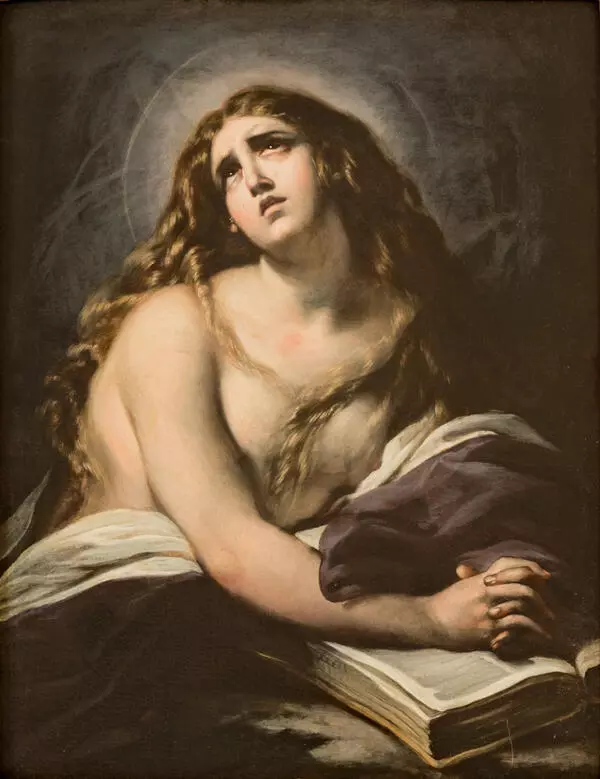Kaluga Museum of Fine Arts is one of the few museums in Russia that have works by Giacinto Brandi (1621 — 1691), an Italian artist of the Roman school. The artist mainly painted religious and mythological frescoes.
Giacinto Brandi was born into a family of craftsmen and decorators in the town of Poli in Lazio (a region in Italy, with its center in Rome) in 1621. As a child, he was sent to Rome to study at the workshop of the famous sculptor Alessandro Algardi who advised him to take up painting. Brandi went to Giovanni Giacomo Sementi’s workshop. In 1638-1647 he studied and worked in Rome under the guidance of Giovanni Lanfranco, master of High Baroque fresco painting.
In 1650, he took part in the painting of the Pamphilj Palace, where he made the friezes (decorative compositions in the form of horizontal stripes with mythological subjects). In his adult life Brandi painted altarpieces and frescoes in the churches of Rome and Lazio. His most famous work is the painting of the Church of San Carlo al Corso in Rome in 1671-1678 where he was in charge of the temple painting, and made the frescoes on the ceiling vaults and the walls of the presbytery of the church. His works gained recognition and in 1668 Brandi was elected to the Accademia di San Luca in Rome. The artist died in Rome in 1691.
Peter the Apostle depicts an episode from the New Testament: Apostle Peter renounces his Master Jesus Christ after the arrest of the latter, which was predicted by Jesus during the Last Supper. After Jesus was arrested, Peter denied him three times in fear that he could also be arrested, and, when he heard a cock crow, he remembered the Master’s words and repented bitterly. The weeping and repentance of Peter the Apostle symbolizes one of the main sacraments of the church – the sacrament of repentance. During the Reformation and Counter-Reformation, the subjects of Peter’s abdication and repentance were very popular in Catholic art.
Brandi’s Peter the Apostle was transferred to the museum from the Stepanovskoye-Pavlishchevo estate in Meschovsky district (now Yukhnovsky district of Kaluga region).
His works have the main characteristic features of caravageism – a movement in the Italian Baroque of the 17th century.
Giacinto Brandi was born into a family of craftsmen and decorators in the town of Poli in Lazio (a region in Italy, with its center in Rome) in 1621. As a child, he was sent to Rome to study at the workshop of the famous sculptor Alessandro Algardi who advised him to take up painting. Brandi went to Giovanni Giacomo Sementi’s workshop. In 1638-1647 he studied and worked in Rome under the guidance of Giovanni Lanfranco, master of High Baroque fresco painting.
In 1650, he took part in the painting of the Pamphilj Palace, where he made the friezes (decorative compositions in the form of horizontal stripes with mythological subjects). In his adult life Brandi painted altarpieces and frescoes in the churches of Rome and Lazio. His most famous work is the painting of the Church of San Carlo al Corso in Rome in 1671-1678 where he was in charge of the temple painting, and made the frescoes on the ceiling vaults and the walls of the presbytery of the church. His works gained recognition and in 1668 Brandi was elected to the Accademia di San Luca in Rome. The artist died in Rome in 1691.
Peter the Apostle depicts an episode from the New Testament: Apostle Peter renounces his Master Jesus Christ after the arrest of the latter, which was predicted by Jesus during the Last Supper. After Jesus was arrested, Peter denied him three times in fear that he could also be arrested, and, when he heard a cock crow, he remembered the Master’s words and repented bitterly. The weeping and repentance of Peter the Apostle symbolizes one of the main sacraments of the church – the sacrament of repentance. During the Reformation and Counter-Reformation, the subjects of Peter’s abdication and repentance were very popular in Catholic art.
Brandi’s Peter the Apostle was transferred to the museum from the Stepanovskoye-Pavlishchevo estate in Meschovsky district (now Yukhnovsky district of Kaluga region).




